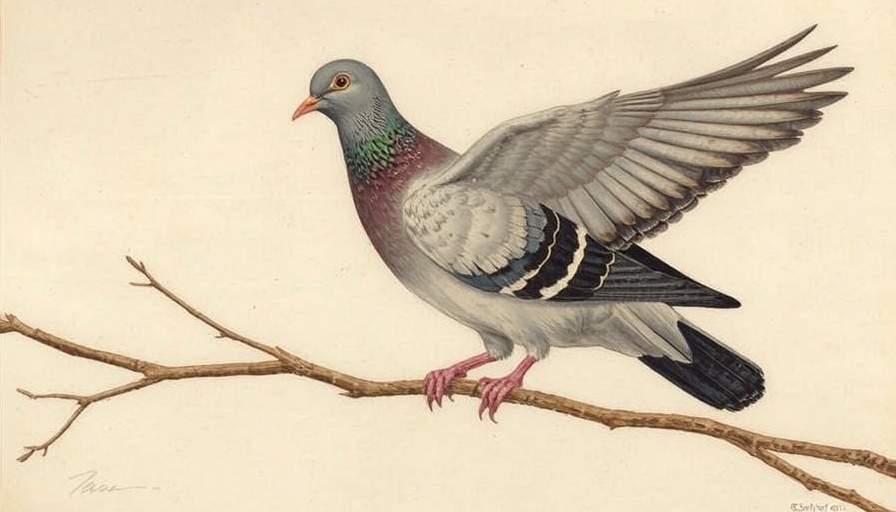
Unearthing the Beauty of Madera Canyon
Located just an hour south of Tucson, Arizona, Madera Canyon is a paradise for birdwatchers and nature enthusiasts. This stunning location offers a diverse ecosystem brimming with over 250 species of birds, each with its unique charm. However, for birders, the highlight remains the Elegant Trogon, an elusive beauty that has become a symbol of the region's rich biodiversity.
Understanding the Elegant Trogon
The Elegant Trogon, slightly larger than a robin, enchants observers with its vibrant colors and fascinating behaviors. Males boast a striking ruby-red belly and green feathers, while females present a more subdued gray palette adorned with gentle hints of red and white. These birds primarily forage for fruits and insects among the high canopies of sycamores and oaks, making spotting them a test of patience and persistence.
Why Birdwatching Matters
Birdwatching offers more than the thrill of spotting unique species; it fosters a deep connection to nature. As enthusiasts search for the Trogon, they also encounter a variety of other birds, such as the vibrant Bridled Titmouse and the vocal Sulphur-bellied Flycatcher. Each encounter enriches the overall experience, reminding participants of the delicate balance within ecosystems.
Current Trends in Birdwatching
The growing interest in birdwatching aligns with a broader movement towards wildlife conservation and environmental awareness. Engaging in birdwatching encourages people to appreciate the natural world, leading to increased efforts in preserving habitats like Madera Canyon. This awareness is crucial as climate change and habitat destruction pose significant threats to wildlife.
Getting Involved and Taking Action
For both novice and seasoned birdwatchers, Madera Canyon offers ample opportunities to engage with the avian world. By participating in local birdwatching events or groups, enthusiasts can enhance their skills and contribute to conservation efforts. Sharing experiences and knowledge cultivates a community dedicated to safeguarding these beautiful surroundings for generations to come.
As we continue to explore the wonders of places like Madera Canyon, let’s appreciate not only the beauty of the Trogon but also our role in preserving these stunning ecosystems. Join a local birdwatching group or visit your own natural habitats to foster your love for wildlife today!
 Add Row
Add Row  Add
Add 




Write A Comment